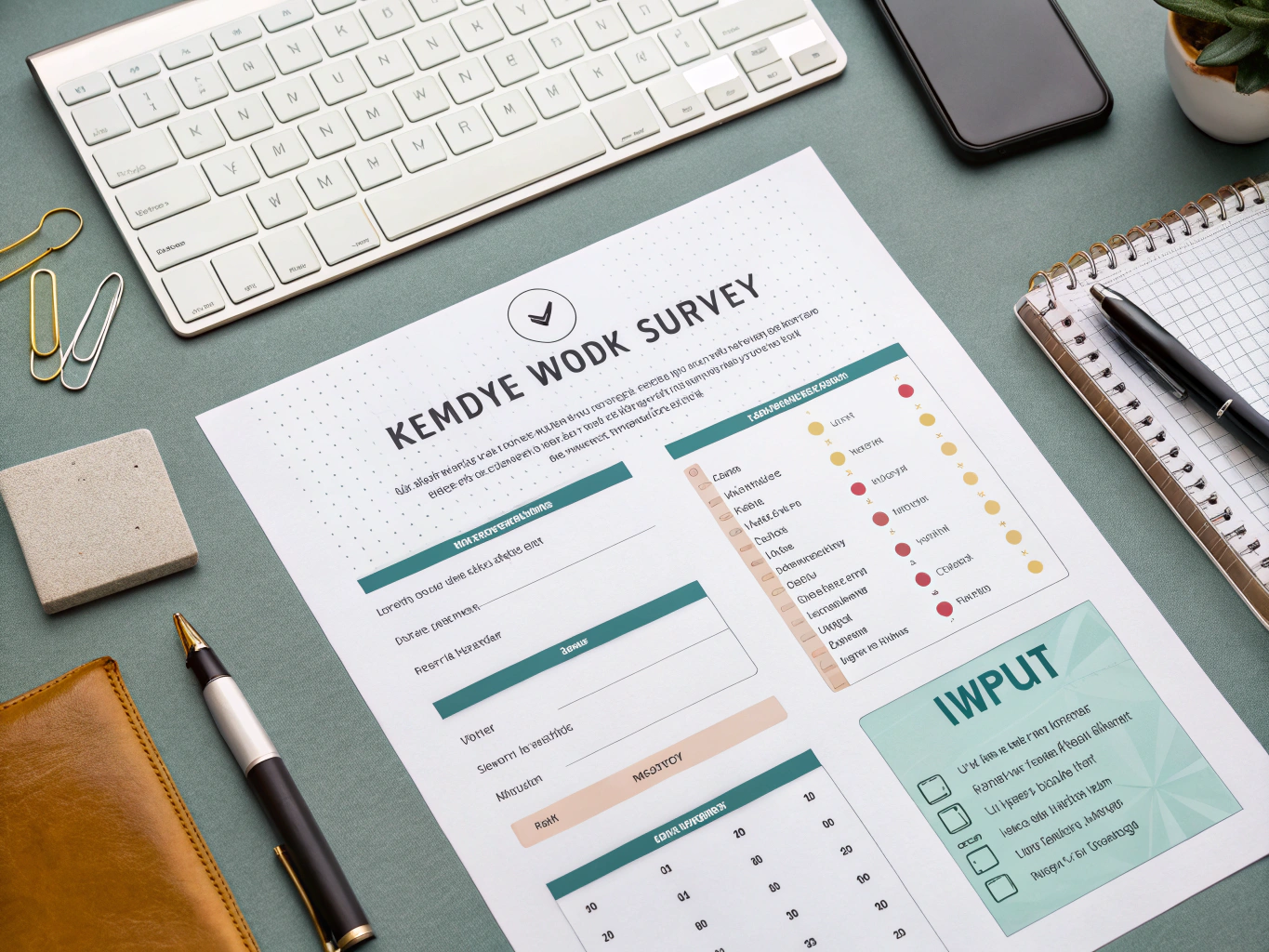What is a Dress Code Policy?
A Dress Code Policy is a formal document that outlines the expectations for employee attire and grooming within an organization. It serves as a guideline to help employees understand what is considered appropriate and professional for their work environment. This policy is essential for maintaining a cohesive and professional image, ensuring employees are dressed suitably for their roles, and clarifying dress expectations to avoid any misunderstandings.
Template
Below is a template you can customize for your organization’s needs:
Dress Code Policy Template
Policy Number: ________
Date: ________
Applies to: [Specify departments or roles]
Purpose
The purpose of this Dress Code Policy is to establish clear guidelines for appropriate attire and grooming to promote a professional work environment.
Scope
This policy applies to all employees, contractors, and visitors in [Specify location/department].
Dress Code Requirements
- Employees are expected to dress in a professional manner suitable for their job responsibilities.
- The following items are not permitted:
- Clothing with offensive graphics or language
- See-through or revealing clothing
- Torn, frayed, or dirty clothing
- Sleepwear, loungewear, or swimwear
- Footwear must be safe, comfortable, and appropriate for the job. Open-toed shoes are permitted, provided they are safe.
- Jewelry, piercings, and tattoos should not pose safety risks or disrupt the work environment.
- Employees are expected to maintain good hygiene and grooming standards.
Consequences
Failure to adhere to this policy may result in disciplinary action, including verbal warnings, written warnings, or termination.
Exceptions
Exceptions may be made for religious or medical reasons upon prior request and approval from HR.
Review and Updates
This policy is subject to review and updates. Employees will be notified of any changes.
Purpose and Benefits
Implementing a Dress Code Policy can significantly enhance your organization’s professionalism and work culture. Here’s why it’s important:
- Promotes Professionalism: A clear dress code helps employees understand the importance of professionalism in their roles, fostering a respectful work environment.
- Enhances Company Image: A cohesive appearance among employees strengthens your brand’s image and can positively influence client perceptions.
- Clarifies Expectations: Clear guidelines eliminate confusion, ensuring all employees are aware of what is acceptable attire.
- Encourages Inclusivity: By allowing for exceptions based on religious or medical needs, the policy can promote a more inclusive workplace.
Essential Components
When crafting your Dress Code Policy, consider including the following essential components:
- Purpose Statement: Clearly explain why the policy is necessary to set the tone for compliance.
- Scope: Specify who the policy applies to and under what circumstances to avoid ambiguity.
- Detailed Dress Code Requirements: Provide specific examples of acceptable and unacceptable attire, ensuring clarity for all employees.
- Consequences for Non-Compliance: Outline the potential disciplinary actions to emphasize the importance of adherence.
- Exceptions Clause: Include provisions for religious or medical exceptions to promote understanding and inclusivity.
- Review Process: State the frequency of policy reviews to keep the guidelines relevant and up-to-date.
How to Use This Form
To effectively implement and utilize the Dress Code Policy, consider the following practical steps:
- Communicate Clearly: Share the policy with all employees and emphasize its importance in maintaining workplace standards.
- Provide Training: Offer training sessions or workshops to address any questions regarding the dress code.
- Lead by Example: Ensure management adheres to the dress code to reinforce its importance across the organization.
- Regularly Review: Schedule periodic reviews of the policy to ensure it remains relevant and effective in meeting organizational needs.
Legal and Compliance Considerations
When developing a Dress Code Policy, it’s essential to consider relevant legal aspects. Ensure that the policy complies with labor laws regarding discrimination and accommodations for disabilities or religious practices. Being aware of local regulations can help mitigate risks associated with non-compliance.
Best Practices
To maximize the effectiveness of your Dress Code Policy, keep these best practices in mind:
- Be Specific: Provide clear examples of acceptable and unacceptable attire to avoid subjective interpretations.
- Solicit Feedback: Encourage employee input when drafting or revising the policy to foster a sense of ownership and acceptance.
- Monitor Compliance: Regularly observe adherence to the policy and address any issues promptly to maintain standards.
- Update Regularly: Revise the policy as necessary to reflect changes in workplace culture, fashion trends, and safety requirements.




